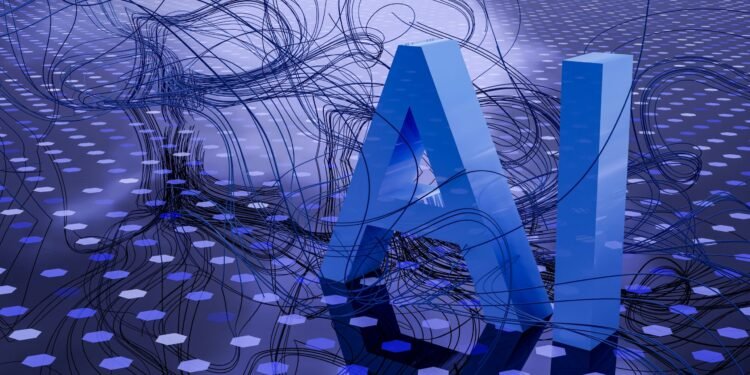Digital interactions have become a major part of our life; according to the latest statistics, there were over 5.52 billion internet users as of October 2024, with 67.5% being social media users.
But despite the prominence of the digital space in today’s world, most of the interactions are still subpar when it comes to the aspect of personalisation. What does this mean?
Put simply, the different categories of internet users which include individuals, companies, and influencers, do not have the flexibility or options to fully express their individuality, customise content or provide targeted services for specific markets.
Most of the digital platforms that currently exist only provide an avenue for internet users to create static profiles made up of personal data.
This should not be the case in a world where most interactions happen online. Digital profiles ought to be more than a collection of data; they should mimic a fully-developed persona that internet users can use to express themselves authentically or in a more personalised way in their digital interactions.
Setting the stage for futuristic digital interactions
Innovation did not stop with the internet or Web 2.0 social media networks. We now have more advanced technologies, notably AI and web 3.0, which are proving to be game-changers in the hyper-personalisation of digital experiences. So, how are the two technologies adding value to today’s static digital profiles?
Let’s start with AI. Innovations in this space have been the talk of the technology community and beyond, with significant funding flowing into the industry over the past two years. While most people are only familiar with generative AI use cases, this nascent technology has the potential to support the creation of hyper-realistic and intelligent digital human avatars that could replace static profiles or business chatbots whose capabilities remain limited.
On the other hand, web 3.0 introduces a futuristic digital space where personalised avatars can interact, trade or engage in more advanced activities like hosting meetings or events. Although possible with web 2.0 platforms as well, web 3.0 innovations are going a level higher to feature NFTs and utility tokens, which let users create adaptable human avatars or purchase advanced customisation features to make avatars more personalised.
A case study of the Antix AI-powered SaaS platform
Antix is one of the few innovations that currently uses integrated GPT-4.0 support and a web 3.0 utility token to create hyper-realistic and intelligent digital human avatars.
The AI-powered software-as-a-service (SaaS) platform enhances digital interactions by providing individuals, companies, and influencers an opportunity to use hyper-personalised digital humans to deliver hyper-realistic interactions.
Antix’s digital humans use advanced machine learning and natural language processing to make digital interactions more personalised. Notably, digital humans are designed as non-fungible tokens (NFTs) which means they can evolve alongside the owner. Internet citizens can use the Antix platform to create highly personalised and adaptable digital profiles that feature a multitude of customisations which include style, emotions, appearance, and voice.
Antix’s digital humans can be customised to operate as the face of a brand by representing it in the digital space, and perform key functions like engaging with an audience, and hosting virtual events and marketing campaigns. Digital humans perform customer support functions better than typical chatbots because of their personalised make up.
Digital humans could be useful for influencers consistently producing new content for their audience. Instead of shooting content themselves, influencers can delegate the role to Antix’s digital humans. Some of the benefits of adopting this approach include reduction in equipment cost, simplified content adaptation, and the option to remain anonymous.
It is also important to highlight that this ecosystem is powered by a utility token dubbed, $ANTIX. The token supports key functions in the Antix platform, including subscription purchases, asset repairs, and ecosystem rewards.
A new dawn for digital interactions
For almost three decades now, digital interactions have mostly revolved around static personas. This could be about to change; advancements in 4IR technologies like AI and web 3.0 are bringing more value to the digital space.
While it may take a few years before most people embrace the concept of AI-powered digital humans and decentralised marketplaces, it is only a matter of time before demand for digital twins which mimic real-life personas hits the roof. The shift will mark a new dawn, a time when digital interactions are not only hyper-personalised but feel almost real.
Web 3.0 is poised to be the economic powerhouse of the digital interaction space. In fact, we’re already seeing this evolution with AI-powered agents tasked with operations in the cryptocurrency economy. It is not a question if, but rather when digital humans will become one of the main forms of interaction on the internet.
(Image source: Unsplash)










